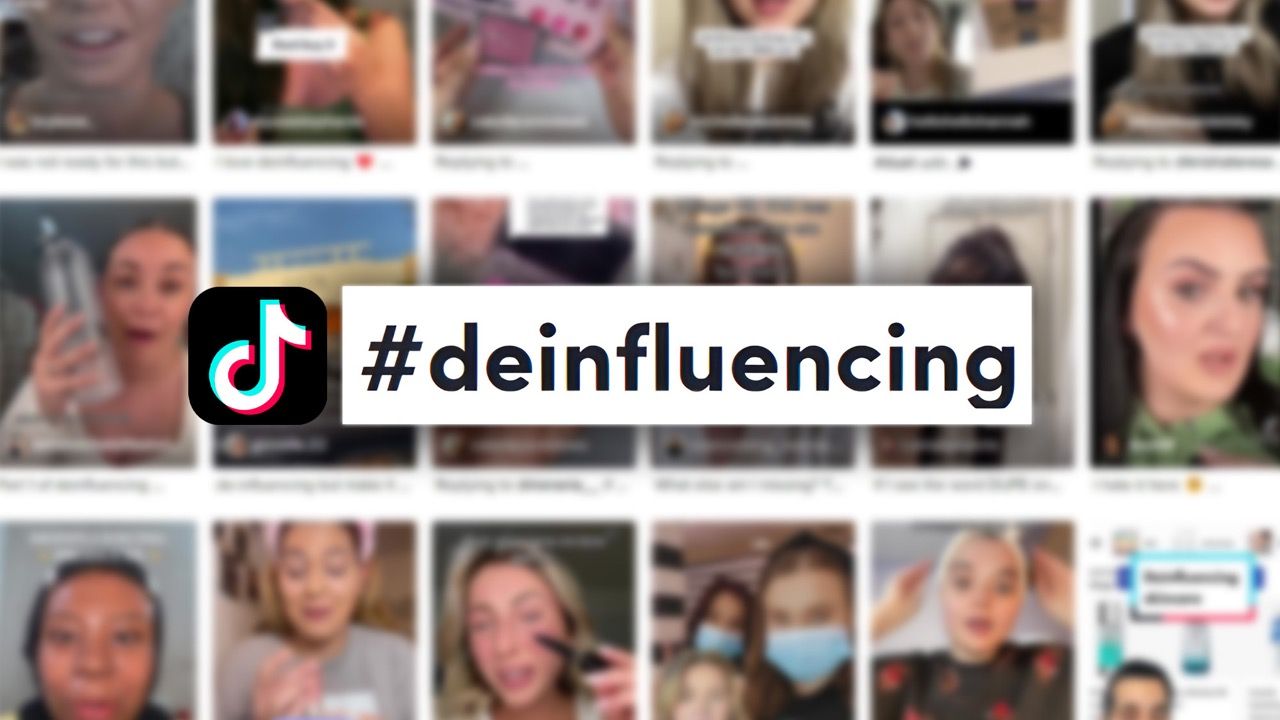Table of Content
- What is De-influencing?
- Why Should Brands Pay Attention to De-influencing?
- How did De-influencing Become So Popular?
- 3 Ways Brands Should Respond to the Rise of the De-influencing Trend
What is De-influencing?
De-influencing on social media platforms like TikTok is an ordinary person's backlash against the current culture of influencers. The marketing of products and content on TikTok is split equally, leading to excessive consumption by ordinary users who buy many products that are not suitable for them due to constant and intrusive marketing on social media.
This not only wastes personal wealth but also resources.
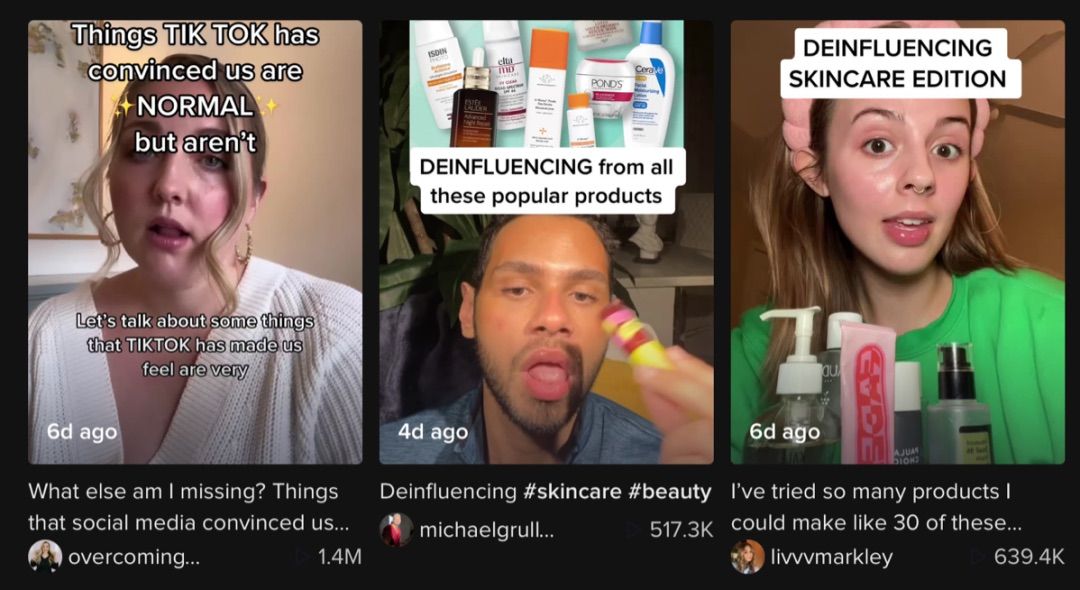
Furthermore, de-influencing is also a side effect of TikTok's explosive marketing. The platform creates viral products every day, and its turnover rate is extremely fast.
Demand is created by brands, especially fast-moving consumer goods such as cosmetics and skincare products. The frequent release of new products can confuse users, and they end up hoarding products they do not need because they are led by influencers. As a result, issues with manipulative marketing, false advertising, and poor-quality products become increasingly sensitive.
Why Should Brands Pay Attention to De-influencing?
De-influencing has gained momentum due to several factors, one of which is the ongoing cost-of-living crisis. In the current economic climate, many people view it as insensitive and inappropriate for influencers to promote products that they were gifted and paid to endorse, such as wax melts, watches, or protein powders, when some people struggle to afford basic necessities like food.
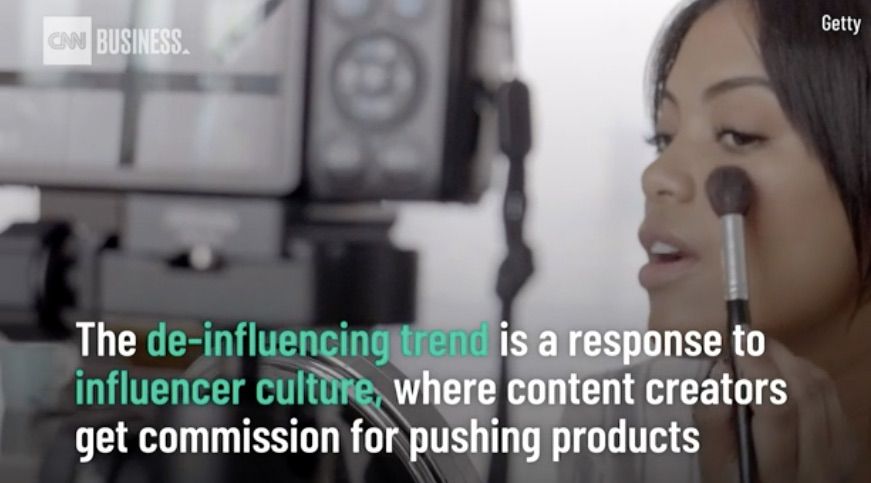
Additionally, in a time when most people are actively seeking ways to save money, excessive consumption is seen as problematic, especially given its negative impact on the environment.
However, perhaps the most significant driver of de-influencing is a craving for authenticity in a world where sponsored content and paid partnerships have become ubiquitous. There is a growing sense of distrust between influencers and their audiences, which is compounded by a general disillusionment with a culture that bombards us with constant advertisements and sales pitches.
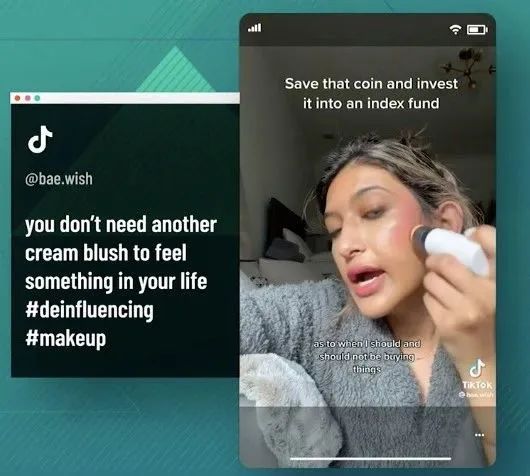
How did De-influencing Become So Popular?
The discussion around de-influencing first appeared on TikTok, sparked by TikToker Mikayla Nogueira, who has 14 million followers. In one of her product promotion videos, she was called out by netizens to wear false eyelashes while promoting L'Oreal mascara. Controversial beauty influencers Jeffree Star and Alissa Ashley also spoke out, confirming that Nogueira did indeed wear false eyelashes in her video.
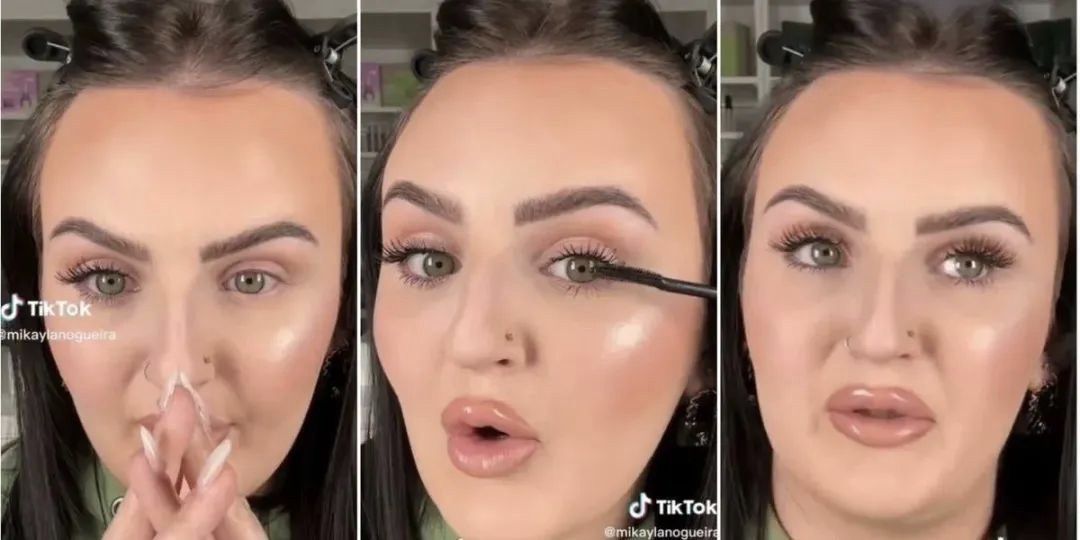
Recently, Nogueira made a comeback from the "eyelash-gate" incident. Although she did not address the controversy directly, it has led to a growing concern about whether consumers should trust the content displayed by social media influencers. Since then, there has been increasing criticism of influencer products and online marketing. Public opinion has turned towards ordinary users sharing their experiences of buying useless or overpriced influencer products on TikTok.
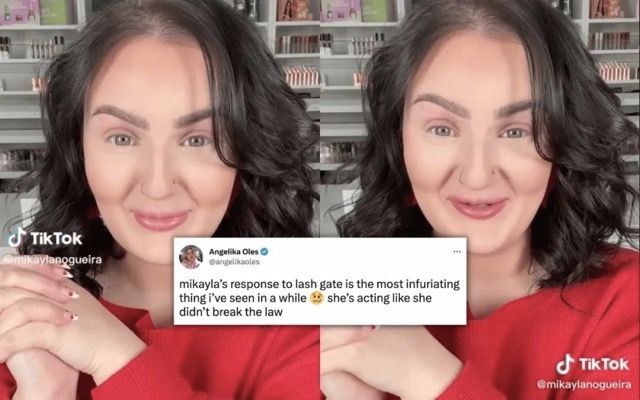
De-influencers have also started to target some big-brand products.
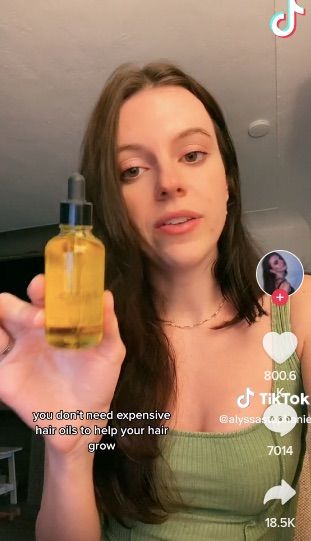
At the end of January, TikTok influencer Alyssa Kromelis posted a video that garnered over 4.3 million views. In the video, she listed some overpriced or unnecessary influencer products and recommended some "budget-friendly" alternatives that she believed were more effective than luxury brand products. For example, she recommended a $30 plastic curling iron from Amazon instead of the popular Dyson Airwrap (which retails for up to $600). Most of the products she recommended can be found at local drugstores or Walmart. The influence of the de-influencing topic is still growing, and many big influencers are joining the discussion.
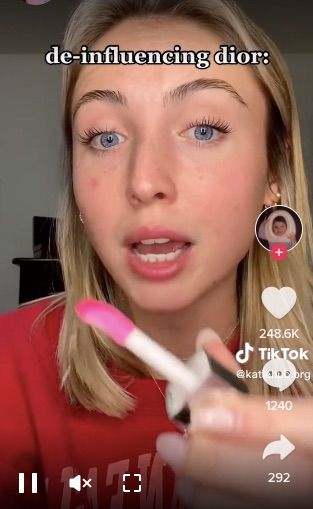
TikTok creator Katiehub criticized Dior's makeup in a video that received 1.6 million views. In the video, she said, "Just because you put pretty packaging on garbage, doesn't mean it's not garbage."
3 Ways Brands Should Respond to the Rise of the De-influencing Trend
Place more emphasis on content authenticity to increase the brand's credibility
Influencers can create a luxurious and rich lifestyle filter by relying on a large number of products provided by brands. Users will follow suit and purchase in order to pursue this beautiful and abundant lifestyle. However, in the context of an economic downturn, the disposable income of global consumers is decreasing, and people will begin to question the authenticity and achievability of this kind of lifestyle.
Currently, Gen-Z is also pursuing authenticity without filters and things that are more relevant to themselves. If internet celebrities only praise products, their trustworthiness will be greatly reduced, and they will lose the following of real users.
Dara Levitan, a makeup artist from New York and also a TikTok influencer with 200,000 followers, features product reviews in her "Monday Makeup" series. Levitan recently posted a video titled "I Won't Buy Makeup Anymore" in which she mentioned the Pixi blush stick and pointed out that she liked the colors, but found the formula too sticky because it made her hair stick to her cheeks when using it. The video has 550 comments, many of which are giving Levitan a thumbs up.
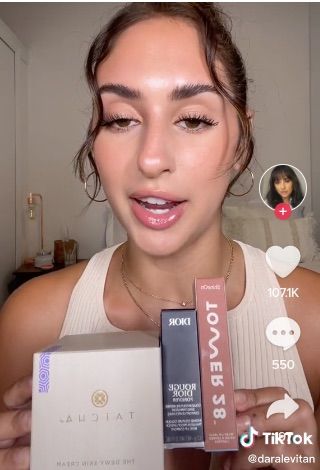
So as a brand, not only should you choose and cherish influencers who care about their image and content quality, but also consider authenticity in formulating marketing strategies, and creating a high-quality brand image that values authenticity and naturalness.
Facilitate emotional connections between influencers and consumers
Levitan was very perceptive in catching the trend of criticism on social media early on. In a video last September, she added a disclaimer urging her followers not to feel pressured to spend money: "Don't let anyone, including me, make you feel like you have to spend money, especially not every time a makeup brand launches something new. If you've found a product that works for you and looks beautiful, stick with it." This greatly increased the bond between her and her followers. In addition to Levitan, many other influencers have also started to interact with their followers in a more down-to-earth way, and in their "de-influencing" videos, they still list many products but do not encourage ordinary users to buy.
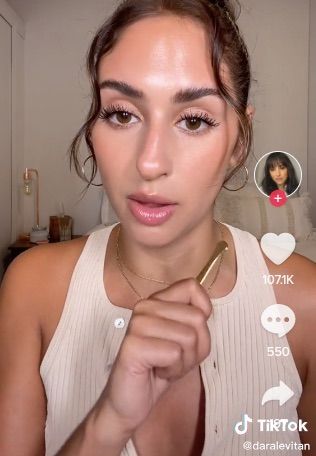
So, what should brands do to facilitate emotional connections between influencers and consumers?
- Find the right influencers: Look for influencers whose values and interests align with your brand. They should have an audience that matches your target demographic, and a genuine passion for your brand and its products.
- Collaborate with influencers: Work closely with influencers to create content that resonates with their followers. Encourage them to share their personal experiences with your brand, and provide them with exclusive access to your products and services.
- Engage with followers: Encourage influencers to interact with their followers through social media, Q&A sessions, and other forms of engagement. Respond to comments and messages in a timely manner, and show your appreciation for their support.
- Use storytelling: Use storytelling to create an emotional connection between influencers, your brand, and their followers. Share the story of your brand, the people behind it, and the impact it has had on people's lives.
- Foster authenticity: Allow influencers to be themselves and express their genuine opinions. Avoid overly scripted content or excessive product promotion, as this can come across as disingenuous and harm the trust between influencers and their followers.
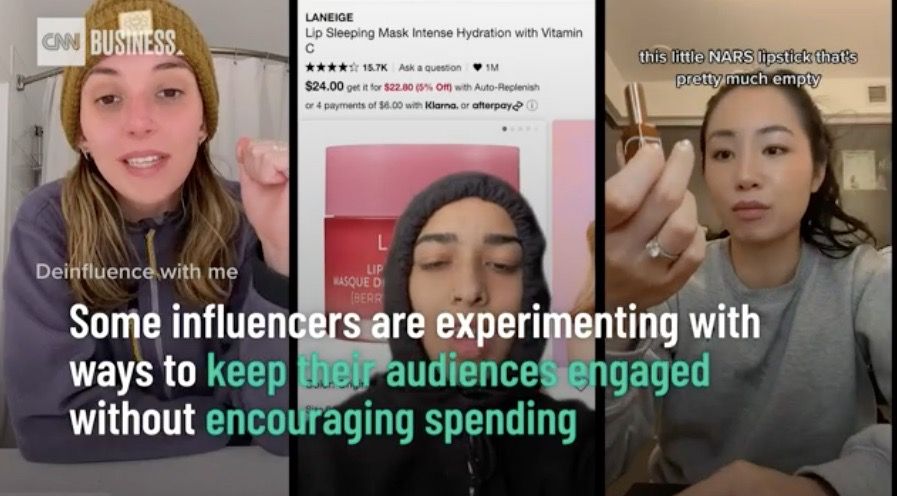
By following these strategies, brands can foster emotional connections between influencers and consumers, building long-term relationships that drive brand loyalty and advocacy.
Promote products in a more creative way
Many people, especially Gen Z, want to both be a part of social media and rebel against the world controlled by social media. The #de-influencing trend expresses this attitude towards young people. To capture the hearts of young people, brands need to break away from past dependencies and innovate marketing forms. They need to make their marketing "lighter", more interesting, and more attitudinal, integrating into users' lives and valuing long-term and positive relationships with users rather than pay-per-click.

For example, brands can:
- Create experiential marketing campaigns: Rather than simply displaying products in a store, brands can create immersive experiences that allow consumers to interact with the product. For example, a fashion brand could create a pop-up shop that showcases its latest collection in a unique and memorable way.
- Use humor: Humor can be a powerful tool for promoting products, as it can help to make them more memorable and relatable. Brands can create funny ads or social media posts that showcase their products in a lighthearted way.
- Leverage user-generated content: Brands can encourage customers to create and share their own content featuring the product. This can be done through social media contests, hashtags, or even by featuring customer reviews and photos on the brand's website.
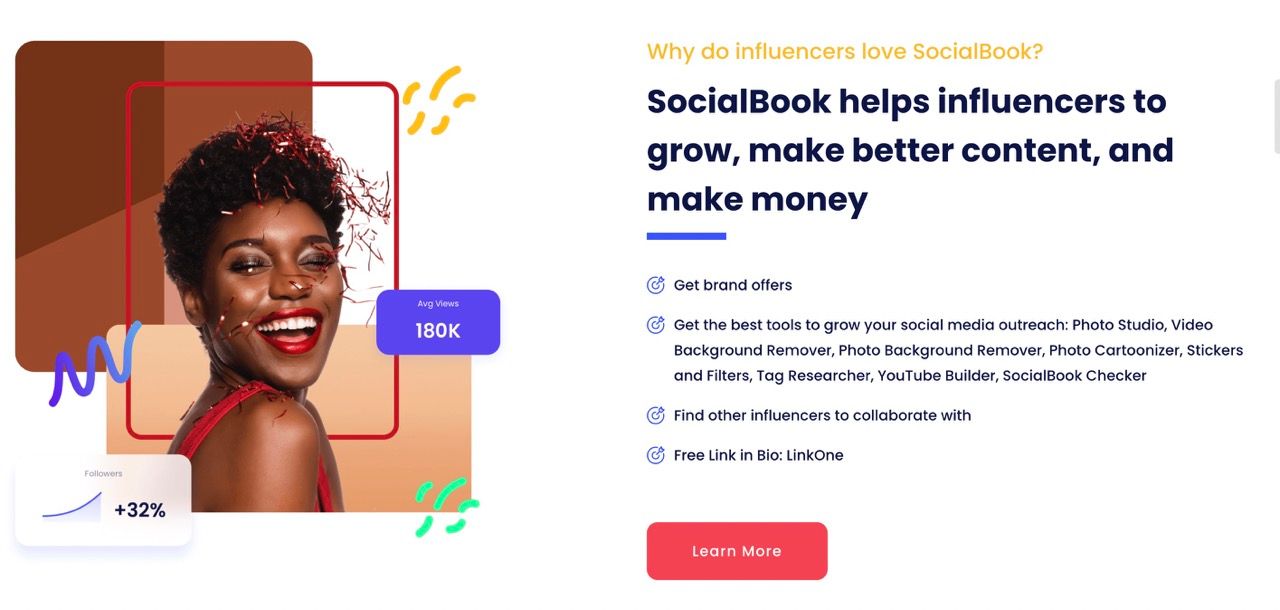
SocialBook has accumulated a wealth of marketing cases and insights into the psychological needs of different users. In the context of the de-influencing trend, choosing to cooperate with artist IPs and other marketing methods can precisely identify the needs of young people and help overseas brands easily unlock the hearts of young people.


